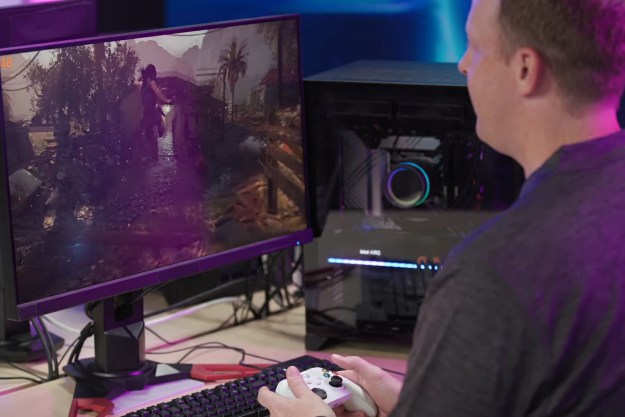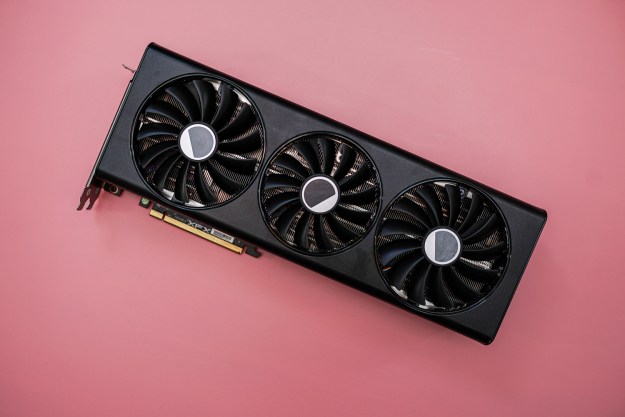Chipmaker Advanced Micro Devices said Sunday, July 3 that a U.S. Court has granted its motion that about 30 third parties must preserve evidence relevant to the antitrust suit AMD filed June 28 against Intel Corporation, the industry’s dominant chipmaker. AMD’s lawyers will now work with those third parties to collect details regarding those companies’ business relationships with Intel. AMD alleges Intel has violated U.S. antitrust law by using threats and various methods of coercion to keep companies buying its own chips instead of AMD products. Intel has said it plans to defend against the suit.
Intel holds approximately 80 percent of the market for x86 processors, where AMD says it held less than 16 percent of the x86 chip market in 2004.
In a slightly ironic twist, AMD’s complaint emphasizes former antitrust target Microsoft Corporation’s willingness to support AMD’s 64-bit instruction set as evidence of the company’s technical innovation and product viability, but asserts business misconduct by Intel as the reason AMD hasn’t captured a more substantial share of the CPU market. Microsoft and Intel together form the so-called “WinTel” computing platform. Despite its strong ties to Intel, Microsoft isn’t expected to play a large role in the AMD lawsuit, and a stronger AMD would likely give Microsoft a stronger influence with Intel on microchip design and specifications: Intel would be more likely to work in cooperation with Microsoft and accede to its wishes if the Redmond company could just as easily use AMD products instead. AMD also seems to want on Microsoft’s good side: in its complaint, the company compared Intel’s market status to that of former monopolies Standard Oil and Alcoa Aluminum, somehow failing to mention Microsoft’s own epic antitrust battle.
Editors' Recommendations
- The RTX 4090 is more popular on Steam than any AMD GPU
- Here’s even more proof that AMD’s GPUs are in trouble
- I’ve used Intel CPUs for years. Here’s why I’m finally switching to AMD
- Gigabyte just confirmed AMD’s Ryzen 9000 CPUs
- AMD Zen 5: Everything we know about AMD’s next-gen CPUs


